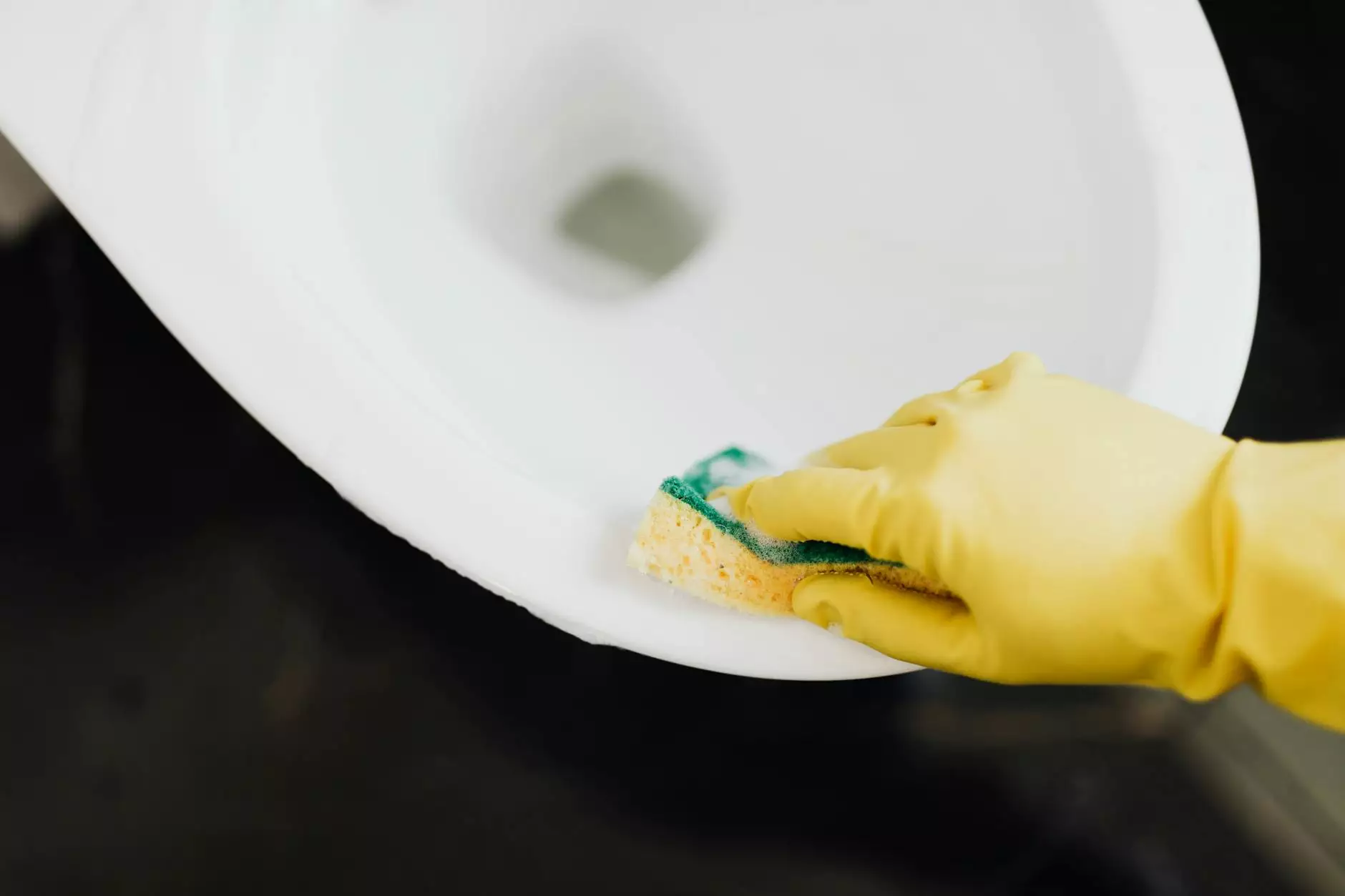Myoma Removal Surgery: A Comprehensive Guide

Introduction
Are you struggling with myoma, also known as uterine fibroids? Do these benign tumors cause discomfort and interfere with your quality of life? If so, myoma removal surgery may be the solution you're seeking. In this comprehensive guide, the expert doctors at DrSeckin.com, a trusted name in women's health and medical care, provide you with all the essential information you need to know about myoma removal surgery and how it can improve your well-being.
Understanding Myoma and Its Impact
Myoma, or uterine fibroids, are non-cancerous growths that develop in or around the uterus. Although the exact cause of myoma is unknown, factors such as hormonal imbalance and genetic predisposition have been associated with their formation. These benign tumors can vary in size and number, causing symptoms like heavy menstrual bleeding, pelvic pain, frequent urination, and even infertility in some cases.
The Need for Myoma Removal Surgery
While some women may have small myomas that cause little to no discomfort, others may experience severe symptoms and a significant impact on their daily lives. If conservative treatments fail to alleviate symptoms, myoma removal surgery becomes a viable option. This surgical procedure aims to eliminate the myomas, providing relief from symptoms and improving overall well-being.
Types of Myoma Removal Surgery
There are various techniques available for myoma removal surgery, and the choice depends on factors such as the size, number, and location of the myomas, as well as the patient's overall health condition. The two primary surgical approaches are:
- Abdominal Myomectomy: This procedure involves making an incision in the abdomen to access the uterus and remove the myomas. It is suitable for large or multiple myomas, and for women who wish to preserve their fertility.
- Laparoscopic Myomectomy: This minimally invasive procedure uses small incisions and a lighted camera to remove the myomas. It offers faster recovery times, reduced scarring, and is ideal for smaller myomas.
Benefits of Myoma Removal Surgery
Undergoing myoma removal surgery can significantly improve your quality of life. Here are some of the key benefits:
- Relief from Symptoms: Myoma removal surgery aims to alleviate symptoms such as heavy bleeding, pelvic pain, and pressure, allowing you to regain control over your life.
- Improved Fertility: For women struggling with infertility caused by myomas, surgical removal can increase the chances of conceiving and carrying a pregnancy to term.
- Enhanced Quality of Life: The elimination of myomas can provide long-term relief, enhancing your overall well-being and restoring your ability to engage in everyday activities without discomfort or limitations.
- Reduced Risks: By removing myomas, potential complications such as anemia, urinary incontinence, and recurrent infections can be prevented or minimized.
Potential Risks and Complications
As with any surgical procedure, myoma removal surgery involves certain risks and potential complications. It's important to discuss these with your healthcare provider before making a decision. Some possible risks include:
- Excessive Bleeding: While rare, excessive bleeding during or after surgery can occur.
- Infection: Infections at the surgical site or within the uterus are potential risks, albeit infrequent.
- Adhesion Formation: Scar tissue formation (adhesions) within the uterus can sometimes occur, leading to potential future fertility problems.
- Recurrence: Although myoma removal surgery aims to eliminate myomas, there is a slight possibility of new myomas developing in the future.
Post-Operative Care and Recovery
Proper post-operative care is crucial for a smooth recovery and optimal outcomes. Each patient's recovery timeline may vary, but here are some general guidelines to follow:
- Rest and Take It Easy: Allow your body time to heal by avoiding strenuous activities and getting plenty of rest in the initial weeks following surgery.
- Pain Management: Your doctor may prescribe pain medications to relieve post-operative discomfort. Follow the dosage instructions and report any severe pain or unusual symptoms promptly.
- Follow-Up Appointments: Attend all scheduled follow-up appointments with your doctor to monitor your healing progress and address any concerns you may have.
- Healthy Lifestyle Choices: Maintain a healthy diet, exercise regularly (following your doctor's guidance), and avoid smoking and excessive alcohol consumption to support your overall well-being and aid the healing process.
Trust DrSeckin.com for your Myoma Removal Surgery Needs
When it comes to your health, it is essential to choose trusted experts specializing in obstetrics and gynecology. At DrSeckin.com, our dedicated team of renowned doctors has extensive experience in myoma removal surgery, ensuring you receive the highest quality care and optimal outcomes. We understand the impact myomas can have on your life and are committed to helping you regain your well-being and live life to the fullest. Don't let myomas control your life any longer. Contact DrSeckin.com today to schedule a consultation and take the first step towards a myoma-free future!








